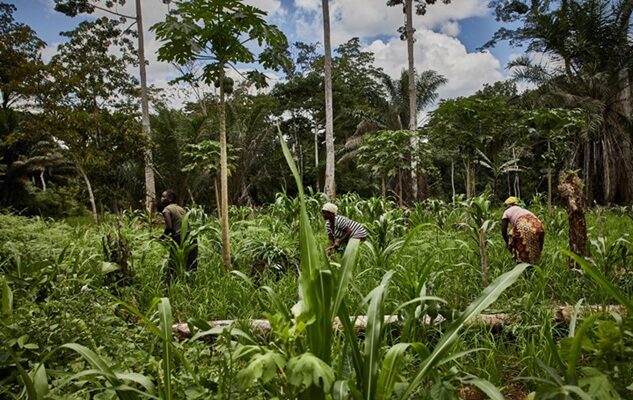Biodiversity is one of the most crucial aspects of our environment, yet it remains under threat. From habitat destruction to pollution and overexploitation, we are facing a critical situation that requires immediate attention. In this article, we will explore the various ways in which we can manage these scenarios and protect the biodiversity of our planet.
Firstly, let’s clarify what biodiversity means. It refers to the variety and variability of living organisms in a particular habitat or ecosystem. This includes all forms of life, from animals and plants to microorganisms. Biodiversity is important because it provides essential services to our planet and to human well-being. For example, it helps in regulating the climate, purifying the air and water, and providing food and resources.
However, due to human activities, biodiversity is facing multiple threats. Habitat destruction is one of the leading causes of biodiversity loss. The destruction of natural habitats to make way for urban development, agriculture, and other human activities disrupts the balance of ecosystems, leading to the decline of many species. To manage this scenario, we need to prioritize conservation efforts. This includes protecting important habitats such as forests, wetlands, and oceans, as well as restoring degraded areas to their natural state.
Pollution is another significant threat to biodiversity. The release of pollutants from industries, agriculture, and households into the environment can have devastating effects on ecosystems and the species that depend on them. For instance, marine pollution is a growing concern as it not only affects the marine animals but also the entire food chain. To manage this scenario, we need to minimize our use of harmful chemicals and adopt more sustainable practices. Government regulations and policies can play a crucial role in reducing pollution and promoting a cleaner environment.
Overexploitation is also a major threat to biodiversity. The unsustainable harvesting of plants and animals for food, traditional medicine, or trade can lead to the depletion of species and alter the delicate balance of ecosystems. To manage this scenario, we need to implement stricter regulations on the exploitation of natural resources. This can include setting quotas for fishing and hunting, as well as promoting sustainable practices such as sustainable forestry and aquaculture.
Apart from these three main threats, climate change is also a significant factor that affects biodiversity. The increase in global temperatures and extreme weather events can lead to the loss of habitats and the extinction of species. To manage this scenario, we need to take immediate action to mitigate the effects of climate change. This includes adopting renewable energy sources, reducing our carbon footprint, and promoting sustainable land use practices.
In addition to these measures, education and awareness play a crucial role in managing biodiversity scenarios. It is essential to educate the public about the importance of biodiversity and how they can contribute to its conservation. This can help in changing people’s attitudes and behaviors towards the environment and encourage them to take action to protect it.
In conclusion, biodiversity is a crucial aspect of our environment that needs to be protected and managed effectively. By addressing the issues of habitat destruction, pollution, overexploitation, and climate change, we can ensure the survival of our planet’s diverse species. It is our responsibility to take action now and work towards a sustainable future for all living beings.
Let us all join hands to manage these scenarios and preserve the biodiversity of our planet for generations to come.
– Benjamin Ibrahim, a retired Permanent Secretary, writes from Lokoja.




